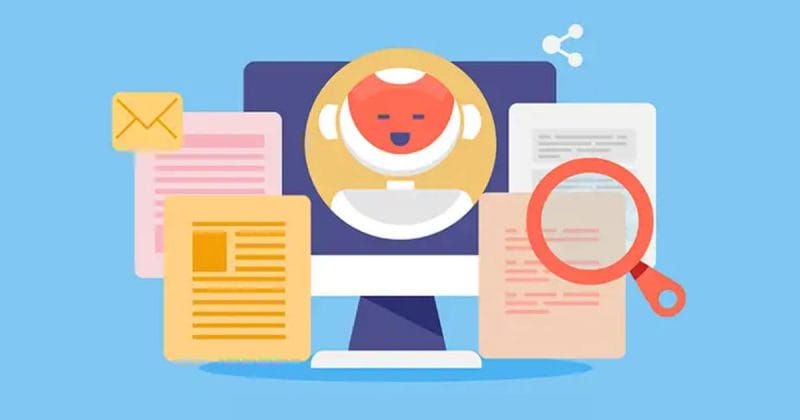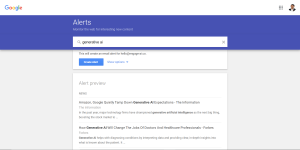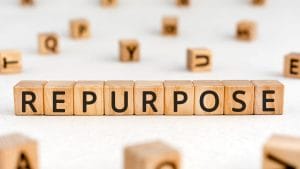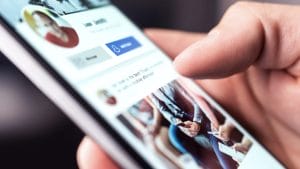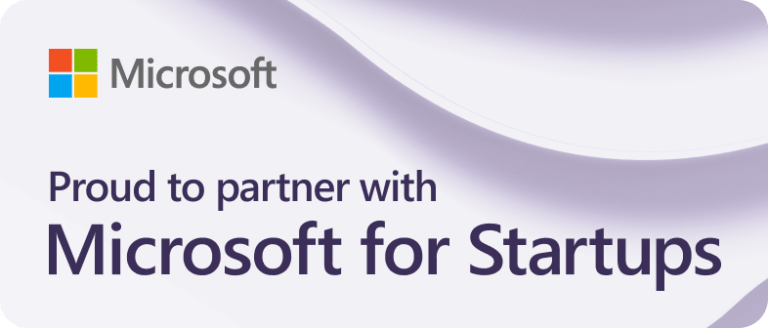LinkedIn, like many social platforms, employs sophisticated algorithms and measures to detect suspicious behaviour.
The platform utilises various methods to spot anomalies in user behaviour, aiming to maintain the integrity of human interactions and prevent misuse.
Automation vs AI
First of all, it’s crucial to clarify the difference between automation and AI.
Automation involves programming robots to follow predefined rules, while AI sets up robots to make independent decisions and is still heavily influenced by human input.
In other words, AI still aligns with LinkedIn’s user policies as it involves human input.
What AI Usage Does LinkedIn Detect?
Presently, LinkedIn is specifically targeting one particular use of AI.
AI-generated profile photos.
LinkedIn has recently created an AI image detector with a 99% success rate in identifying fake profile photos and a 1% false positive rate.
But why is LinkedIn focusing on fake profile photos and not other AI-generated content?
Fake profile photos are typically associated with fraudulent LinkedIn profiles, a violation of LinkedIn’s Terms of Service.
How LinkedIn Catches AI-Generated Profile Photos
LinkedIn is able to identify “artefacts” that are inherent in fake AI profile images.
However, many users would struggle to discern these markers, easily mistaking fake accounts for authentic ones.
One distinctive trait of AI-generated images is their shared patterns.
What About Engage AI and Other AI Tools?
For users employing AI for purposes other than creating counterfeit LinkedIn profiles, there’s no cause for concern unless you’re overusing it.
Whether it involves Engage AI for comments, crafting posts, refining your LinkedIn profile, or even AI-generated images to accompany posts, you’re within LinkedIn’s guidelines.
Just a word of caution.
Avoid spamming.
Abrupt spikes in connection requests, messages, or comments within a short time frame might trigger LinkedIn’s suspicion of automation, even if AI tools are legitimately used.
To us and many others, AI is simply a tool, and if it streamlines your work while maintaining authenticity, then it’s a win-win!
However, we acknowledge that not everyone wants their use of AI in creating comments or content to be glaringly evident to others.
So, the next question is – can other users detect that you’re using AI?
How Other AI Content is Detected
Post Writing
If you’re using AI to write your LinkedIn posts for you, these indicators that could suggest AI involvement to other users:
- Unusual or Uncanny Language Choices: Sometimes, AI-generated content might sound slightly off or use uncommon phrasing that a human might not naturally employ.
- Context and Depth: AI might struggle with providing extensive personal experiences or deeply nuanced viewpoints as it doesn’t possess personal experiences or emotions.
AI-Generated Images
Detecting whether an image is AI-generated can be challenging for some, especially as AI technology advances. However, there are a few indicators to consider:
- Unrealistic Elements: Elements that seem improbable or surreal, such as unrealistic details or combinations that are unlikely in real life.
- Repetitive Patterns: AI might unintentionally create repetitive patterns or textures that appear unnatural or too perfect.
- Unusual Artefacts: Strange or unusual artefacts within the image, such as distorted shapes, mismatched elements, or odd pixelations.
Avoiding Detection from Other Users
If you’re using AI to generate content and don’t want it to be immediately recognized as such, here are a few tips:
- Add Personal Touches: Incorporate personal anecdotes, experiences, or emotions into the content.
- Edit: Slightly alter the output, such as adjusting colours, adding filters, or making minor modifications to the image or text.
Why Engage AI is Unique
Engage AI integrates a human-in-the-loop approach, making its detection considerably more challenging.
Engage AI isn’t fully automated; it integrates human involvement at every stage.
From selecting a post to comment on, choosing the appropriate tone, to finally hitting “Comment,” human oversight guides each step.
Additionally, we actively encourage our users to thoroughly review and edit the generated comments before posting them.
Moreover, users have the flexibility to customize their prompts, allowing them to sound more authentic and reflective of their individual personalities.
By blending human touch within AI-generated content, it significantly reduces the risk of sounding automated or artificial.
While certain tools might have limited capabilities to detect AI-generated text based on linguistic patterns, Engage AI’s unique design greatly diminishes the likelihood of detection.
This ensures your content maintains a natural, human-like quality, making it challenging for others to discern whether it’s AI-generated or not – with or without tools.
So, rest assured that while some tools and users may be able to spot AI-generated text to some extent, the careful integration of human elements within Engage AI makes it far less susceptible to detection, preserving the authenticity and natural flow of your content.
Basically, if you don’t sound like a bot, your comments won’t either – as long as you check it before posting.
Conclusion
Embracing AI as a powerful tool in content creation shouldn’t carry any stigma.
At Engage AI, we celebrate its seamless integration, recognizing its ability to enhance work while preserving authenticity.
Our platform’s unique blend of human oversight within AI-generated content makes detection challenging, empowering users to personalise their content, ensuring a genuine tone.

